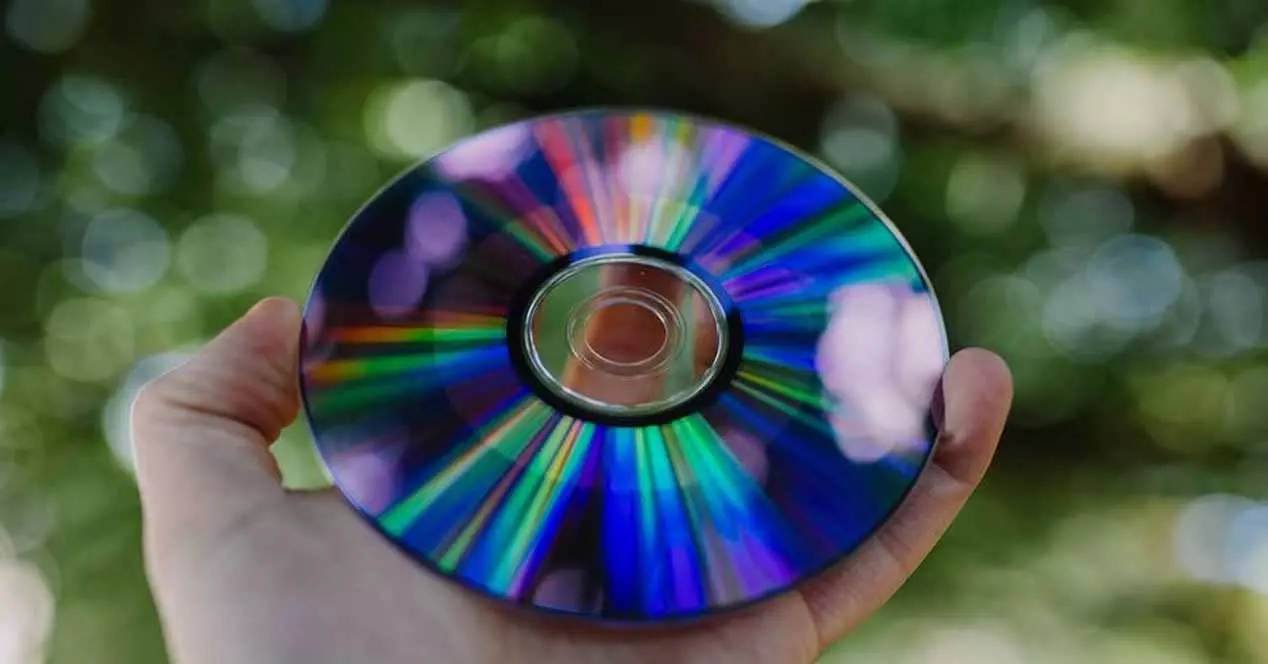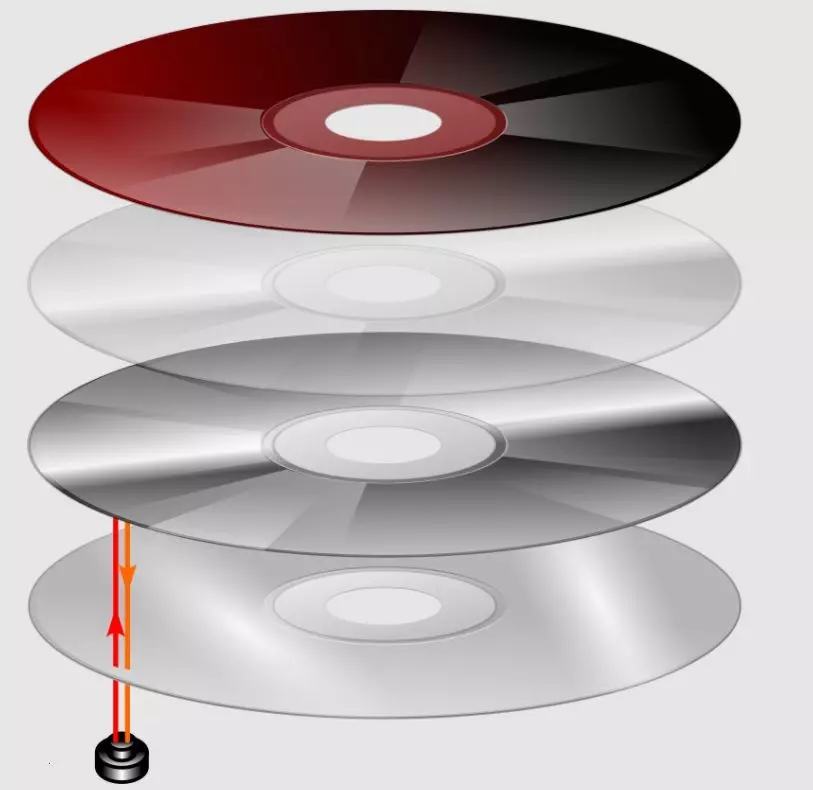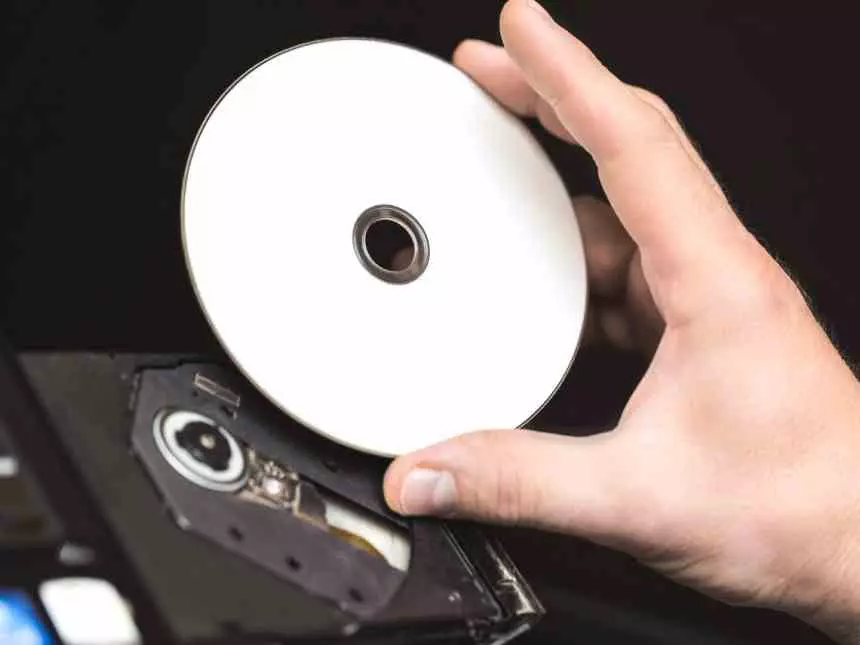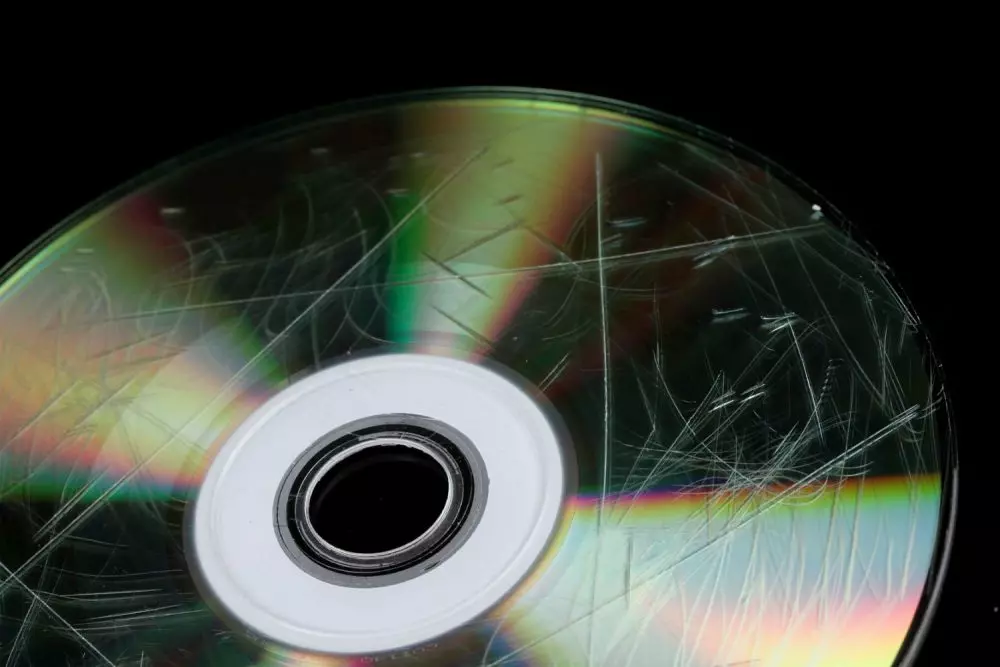
The digital age has revolutionized the way we handle information. Never before has humanity been able to record and store so much information and with such diversity, and while the amount of data has increased exponentially, the expected lifespan of storage media is actually barely longer than the lifetime of a human being. So how long do CDs, DVDs, and Blu-Rays last? Is there a way to extend your life expectancy? Let’s see it.
The lifetime of CDs, DVDs and Blu-Rays is finite
Optical discs have been commercially available since the 1980s, and since then there have been many advances in the actual technologies and materials used to make CDs, DVDs, and Blu-Rays, which means that the information they store it is now much safer than before and therefore its life span is much longer.
While estimates predict a huge lifespan for these optical devices, it is not actually infinite even though we cannot exactly define when they will break down. However, by being aware of what determines the lifespan of optical discs and what causes them to break, you can make decisions and significantly increase the survival time of the data stored inside.
To understand what limits the lifespan of optical discs, we must first look at how they are built; All optical discs, whether CDs, DVDs, or Blu-Rays have three key layers in common:
- Coating layer that protects the reflective layer.
- Glossy coating that reflects the laser from the reader / writer.
- Polycarbonate layer that is the one that stores the data.
In addition to this, an additional layer that acts as a label is normally applied over the coating layer, and on the other hand, discs that are rewritable contain a layer of dye between the reflective and protective layers.
One factor that determines the lifespan of CDs, DVDs, and Blu-Rays is the type of reflective layer, although other factors that influence this include the overall quality of the raw materials used and the manufacturing process employed. However, one of the most important factors is the way the user treats and stores the device; handling an optic disc has the most significant impact on its longevity.
How long do CDs, DVDs and Blu-Rays last?
As we said at the beginning, it is difficult to predict exactly how long an optical disc will last, since it depends on many different factors as we have explained. However, estimates predict a useful life of up to 200 years for user-recorded devices, and a little more for those that have been recorded directly at the factory (such as console games or movies you buy on Blu-Ray). Be careful, because this lifetime is a maximum estimate, not the minimum.
Generally speaking, discs with recorded media will degrade faster than those that are pre-recorded at the factory. Despite this, unused CD-Rs and CD-RWs have a very short lifespan (5 to 10 years), followed by recorded DVD-RWs (up to 30 years). Recorded CD-RWs and DVD-Rs have an expected useful life of 20 to 100 years.
Therefore, no optical storage medium is reliable for storing data “for life”, as it is likely to fail sooner rather than later. Blu-Rays are somewhat more reliable than CDs and DVDs because they are newer and have more refined manufacturing technology, but there is no information on their long-term durability at this time.
What deteriorates optical discs?
Different types of optical discs contain different layers, with the reflective layer being the most susceptible to damage. This layer is usually aluminum, a material that when exposed to air can rust, and this can be noticed on the edges of the disc even visually. However, the degradation of the reflective layer is not the only cause of disc rot, as the chemical or physical deterioration of the data also makes the information on it unreadable.
These underlying causes of disc rot can be very different, and include any of the following:
- Rust or corrosion of the reflective layer.
- Physical damage to disc surfaces or edges, such as scratches or scrapes.
- Galvanic reaction between layers and coatings.
- Chemical reactions with pollutants.
- UV light damage.
- Decomposition of disc materials (eg disbonding of adhesives between layers due to heat).
Interestingly, while most types of disc deterioration are caused by improper use / storage, there is one in particular, CD, DVD, or Blu-Ray tanning, which is caused by a manufacturing fault. This manifests as a brown discoloration (or “mold”) that begins at the edge of the disk and works its way towards the center.
There is some disagreement regarding the causes of disc tanning, but most likely it has to do with the lacquer that is used to coat the devices or the silver (which is sometimes used in place of the aluminum) reacting with the sulfur which is sometimes found in the sleeves and booklets that accompany the records. This forms the brown silver sulfate.







